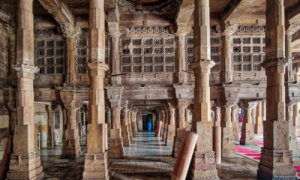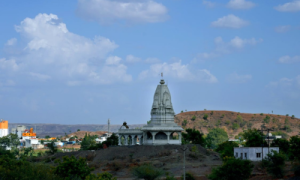 Arrive in Ahmedabad. Our representative will welcome you at the Ahmedabad Airport and transfer you to your hotel.
Arrive in Ahmedabad. Our representative will welcome you at the Ahmedabad Airport and transfer you to your hotel.
Ahmedabad located on the banks of the Sabarmati River and once served as the capital of Gujarat, has a strong relationship with India’s struggle for independence. Mahatma Gandhi, the Father of the Nation lived here for several years and the city served as the starting point for famous Dandi March. Today, the city is renowned for its mushrooming IT and scientific industries and unconventional design as it is for its primitive architecture. It has built its wealth on the flourishing textile industry, therefore earned it the nickname as “the Manchester of the East.” This largest city in Gujarat remains soaked in history and has a wealth of historical attractions.
In the afternoon, we shall go for sightseeing of the city.
We shall first visit Sabarmati Gandhi Ashram. Located on the west banks of Sabarmati River, this was Gandhi’s dwelling place from 1917-1930 during his battle for India’s independence. The legendary salt march to Dandi on the Gulf of Cambay was started in the year 1913 from here. The Ashram also showcases Gandhi’s belongings, that are on display.
Next, we visit the famous Calico Textile Museum, which is one of the finest textile museums in the world displaying an impressive collection of rare textiles and costumes that date back to the early 17th century. (One needs to take prior permission to enter the textile museum and it is open only in the morning).
Later, proceed to Adalaj Step Well. Stepwell or Baori, built by Muslim king Mohammed Begda for Queen Rani Roopba in the year 1499, are man-made ponds in which the water is stored. These five storied well is intricately carved and various festivals and sacred rituals are held here. The structure is built in sandstone on carved pillars and is built in Solanki architecture style.
Accommodation: Overnight at hotel in Ahmedabad

 In the morning, we leave for Jambughoda and en-route, we visit Champaner.
In the morning, we leave for Jambughoda and en-route, we visit Champaner.


